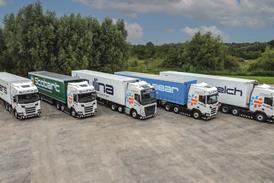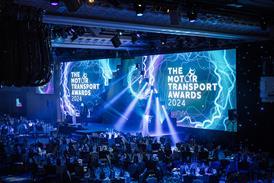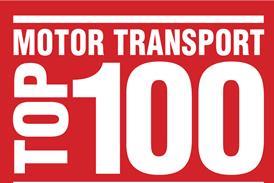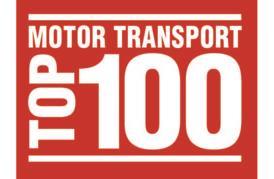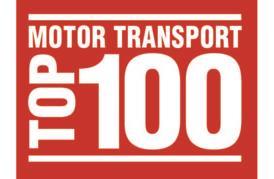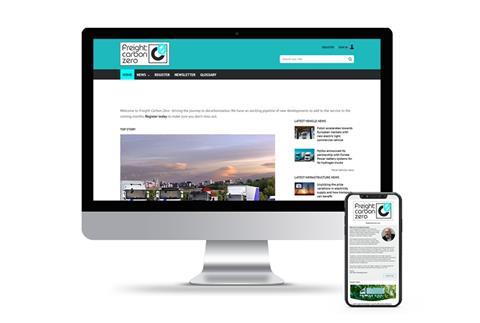Here’s how our sector will look 120 years from now…

To mark MT’s 120th anniversary, we asked leading figures from the transport and logistics industry to journey 120 years into the future. In the first of a series of articles, author and transport consultant Dennis Evans gives us his candid predictions
You have reached your limit of free news
Register for free today to read more content. Already registered? SIGN IN now
Want to read more?
Register for free now to access the full article.
Let us help you reach your carbon zero targets, sign up today and unlock:
- Unlimited access to breaking news, commentary and analysis around the decarbonisation of the road freight and commercial vehicle sector
- Continued access to the Freight Carbon Zero weekly newsletter, sent directly to your inbox


